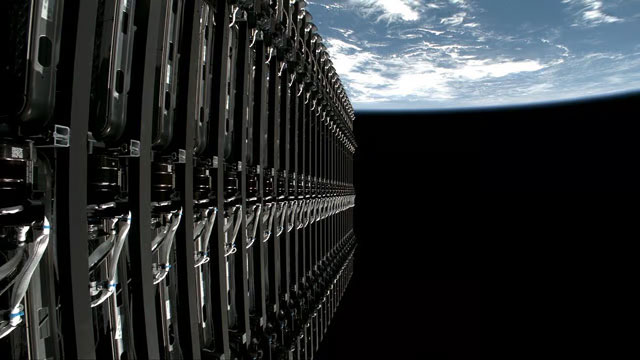Daijiworld Media Network - New York
New York, Oct 15: An increasing number of Starlink satellites are re-entering Earth's atmosphere each day, raising alarm among researchers over the potential buildup of orbital debris in low-Earth orbit. Astronomers warn that the falling of satellites from Starlink’s growing constellation, along with upcoming launches from SpaceX, Amazon’s Project Kuiper, and Chinese networks, could escalate the risk of collisions and endanger future space activity.
Data compiled by Jonathan McDowell, astronomer at the Harvard-Smithsonian Center for Astrophysics, indicates that on average, one to two Starlink satellites fall back daily, with projections rising to around five daily as more constellations are launched. Currently, over 8,000 Starlink satellites orbit Earth, and with additional satellites from other networks, McDowell expects about 30,000 low-Earth orbit satellites, alongside another 20,000 from Chinese systems.

A typical Starlink satellite operates for five to seven years, after which older models are either de-orbited deliberately or descend naturally due to technical issues or heightened solar activity. Scientists warn that the accumulation of inactive satellites, spent rocket parts, and floating debris could trigger the Kessler syndrome, a chain reaction of collisions creating even more fragments, making space hazardous for future missions and complicating astronomical observations.
The current solar maximum is accelerating satellite deterioration, as solar flares and coronal mass ejections heat Earth’s upper atmosphere, increasing drag and causing satellites to descend faster. While Starlink has revolutionized global internet access, its rapid expansion is intensifying orbital congestion, highlighting the urgent need for regulating space traffic and managing debris in the coming decade.